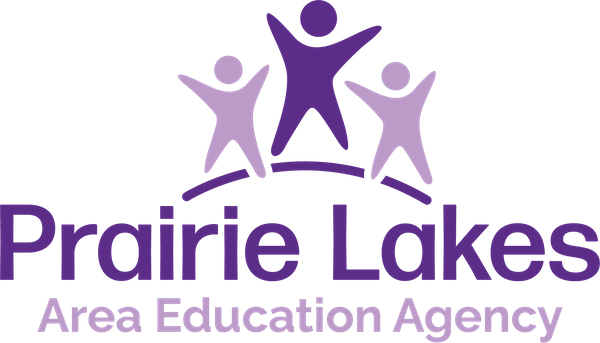ADA, IDEA, Section 504 Comparison Chart
ADA, IDEA, Section 504 Comparison is a good visual for families & students as they consider postsecondary settings and options.
Disability Services at College
First, it is critically important to understand that the services a student has gotten while in high school DO NOT AUTOMATICALLY follow them to college. This is because postsecondary institutions must follow Americans with Disabilities Act (ADA) guidelines which is different from high schools, which must follow IDEA guidelines. Services at each postsecondary institution can vary greatly. It is important to connect with the Disability Service Directors/Coordinators when going on college visits to discuss what accommodations that particular university/college is able to provide. (These will be based on services that the student has previously received on their IEP in high school.) Each community college/college/university is required to have a disability director and/or disability services office. As you explore potential colleges, type “disability services” into the search bar on the college website to find out who to contact. The disability services website will outline the process to request accommodations; many have an online application that must be completed.
Students should call or make an appointment to visit with the disability director when they are scheduling college visits. PS: It is STRONGLY RECOMMENDED to do this as soon as possible. College work is much more challenging, and it is better to start out using the approved accommodations as students transition to their new environment instead of trying to dig out of a deep hole later!
Postsecondary Summary (PSS)
The Postsecondary Summary (PSS) is a communication tool between secondary and postsecondary environments. The PSS is used to convey any supports and services a student was receiving and may continue to require. School districts must provide the student with a summary of their academic achievement and functional performance including recommendations on how to assist the student in meeting their postsecondary goals. This form is required when a student graduates or ages out and is optional but encouraged for a student who drops out or for other secondary exits.
Differences Between High School & College For Students With a Disability
As you are planning for your upcoming IEPs, we are attaching a sheet entitled Differences between High School and College Accommodations that is used by one of our local community colleges. At each high school IEP, it is important to review all of the student’s accommodations and modifications to see if they still need/use all of them listed on the previous IEP.
It is also very important to discuss that VERY FEW high school accommodations will follow them to college, and almost NO modifications will be allowed at the post-secondary level. It is important to help the student/family understand this difference and how this may impact their post-secondary planning.
The Differences between High School & College for Students with an IEP is another document to consider using to compare the differences between high school and college. It includes several different categories, such as behavior support, parent involvement, transportation, and attendance.
The High School vs College – Comparison Sheet is a great tool to use to see how high school and college differs. Sometimes high school students do not understand this, and this guide is divided into sections that compare the differences between classes, instructors, studying, testing, grades and the bottom line.
Another great tool is from the Talent Knows No Limits Workbook, which is a great resource to students and families. This workbook was funded by a Medicaid Infrastructure Grant from the Centers for Medicare and Medicaid Services of the U.S. Department of Health and Human Services.
